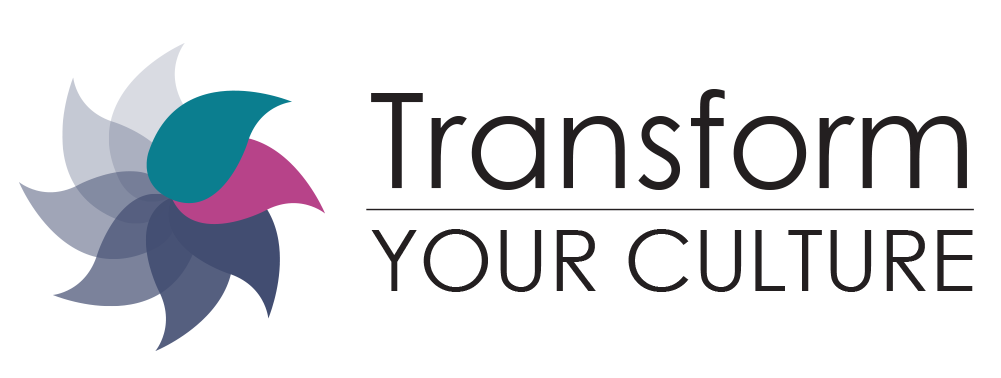Get more done in less time to reach your goals at work
Are you constantly battling the overwhelming pressure to finish everything at work? Do you find yourself juggling multiple tasks with no end in sight, only to feel burnt out and unfulfilled at the end of the day? You’re not alone. Many professionals grapple with the relentless demands of their workload, struggling to maintain balance and productivity amidst the chaos. But fear not, for there is hope.
By managing our attention while we work, we can control how our time is used effectively. We must optimize our productivity to remain successful at work and hit our goals without letting work take over every hour of our day and ounce of our energy.
In six easy steps, we address the problems that plague so many of us—the incessant struggle to keep up with the ever-mounting workload. Let’s dive in and discover how you can reclaim control of your time and transform your professional life for the better.
Step 1: Plan Your Day the Night Before
The foundation of a productive day begins the night before. Take a few moments to reflect on your priorities and commitments for the following day, being mindful of how much time you have and what you can realistically accomplish. This isn’t a wish list, but a list based on what you accomplished on the current day and how to build on it the following day. By outlining your tasks and setting intentions beforehand, you cultivate a sense of purpose and direction. This proactive approach allows you to hit the ground running and minimize decision fatigue, enabling you to focus your energy on high-impact activities.
Step 2: Know Your Priorities
Identifying your priorities is essential for effective time management. Take the time to discern between urgent tasks and those that align with your long-term goals. By clarifying your priorities, you can allocate your time and resources more efficiently, ensuring that you devote adequate attention to what truly matters. Remember, not all tasks are created equal—focus on activities that align with your values and objectives, and those that are time-sensitive deliverables.
Step 3: Start Your Day Without Devices
In today’s hyper-connected world, it’s tempting to reach for our devices first thing in the morning. However, starting your day without screens can set a positive tone for the rest of the day. Take some time for introspection, whether through meditation, journaling, or simply enjoying a quiet moment of reflection. By cultivating a mindful morning routine, you can cultivate a sense of calm and clarity, priming yourself for a productive day ahead.
Step 4: Focus on Your Highest Priority Activities
Your time is precious, and it’s crucial to allocate it wisely. Focus on your highest priority activities—the tasks most significantly contribute to your goals and objectives. If you followed the previous step, you set your priorities the night before. Remember when you see emails and requests that clamour for your attention and could divert you from accomplishing your goals.
Step 5: Avoid Multitasking and Time Switching
Multitasking may seem like a time-saving strategy, but in reality, it often leads to decreased productivity and increased stress. Instead of dividing your attention among multiple tasks, focus on completing one task at a time. Likewise, avoid the temptation to constantly switch between tasks, as this can disrupt your flow and impede your progress.
Practice “single-tasking,” focusing on one task or step of a process until it is done or until you reach the set time you allocated for it. This will see you accomplish more in a day than you would when succumbing to the allure of multitasking, which can fragment your attention and diminish your effectiveness. By dedicating your full focus to each task, you can achieve greater efficiency and produce higher-quality work.
By honing your ability to stay focused and present, you can maximize your productivity and performance.
Step 6: Plan for Downtime
In our pursuit of productivity, it’s easy to overlook the importance of downtime. However, downtime is essential for recharging our batteries and maintaining overall well-being. Schedule regular breaks throughout your day to stretch, eat, fill your water glass and for occasional conversations that will certainly arise. That way with a realistic schedule that includes your personal needs, you will feel more refreshed and less stressed as you work through your day.
Find ways to rest and rejuvenate throughout the day to practice mindfulness strategies, whether it’s a short walk, a brief meditation session, or simply taking a moment to breathe deeply. By prioritizing self-care and downtime, you can sustain your energy levels and prevent burnout, ensuring you can consistently perform at your best.
The results of these strategies
By mastering your approach to how you use your attention and time, you’ll empower yourself to achieve peak performance and happiness in both your personal and professional life. Incorporating these six steps into your daily routine can yield profound benefits for your overall well-being and productivity. Put these steps into action: download the worksheet for this post to guide you through customizing these essential strategies in your workday.
Want to take your wellness and mindfulness work to the next level?
Consider scheduling a complimentary introduction call to see how we can collaborate to deepen your work on your well-being goals individually. Embrace the journey towards holistic wellness and watch as your life transforms for the better.


